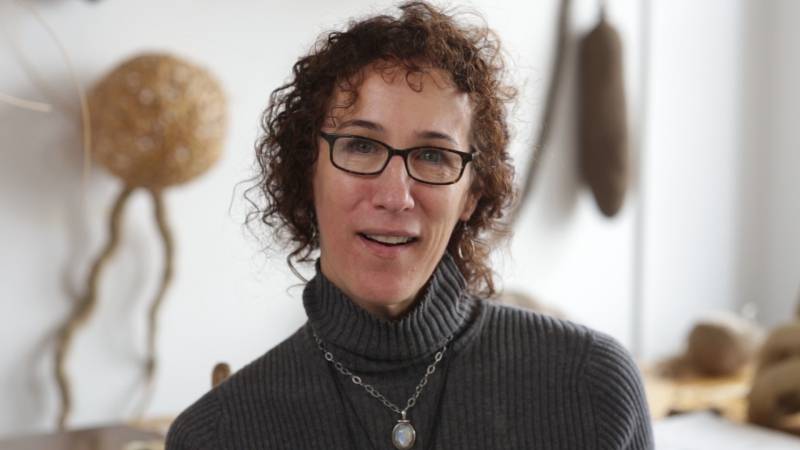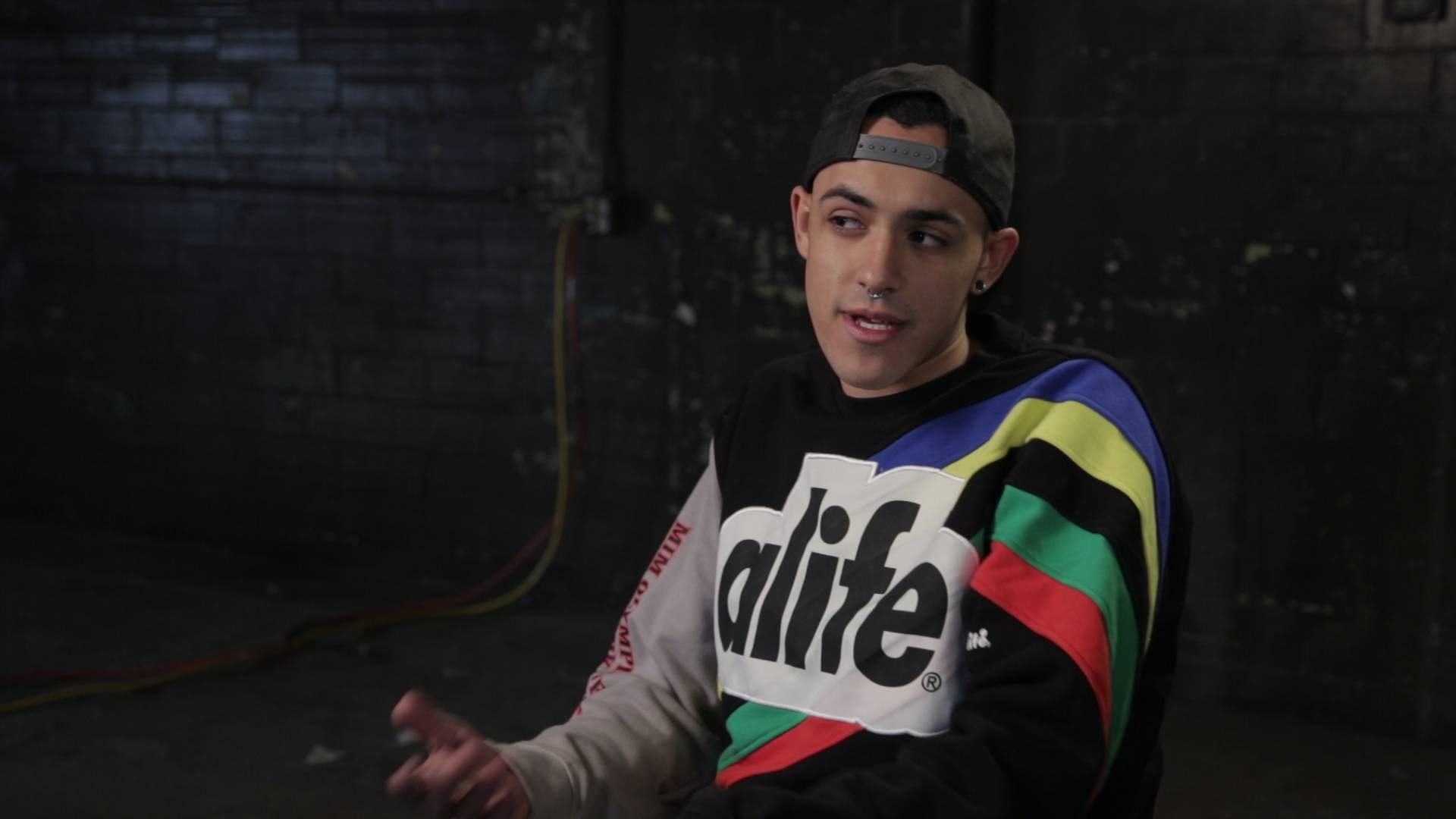A new series of videos focusing on Central Illinois artists and their creative processes — ART/BTS —is now airing between programs on WILL-TV. These videos explore the vast diversity of artists in the community, diverging from the more common paint-and-canvas take on art and instead focusing on artists who work in less typical mediums. As the team behind the series sought out these artists, they were led to connoisseurs of animation, tattoo, and fiber art, to list but a few. The artists that are highlighted in this series are: street artist Langston Allston; Elsinore musician Ryan Groff; tattoo artist Ainslie Heilich; filmmaker Thomas Nicol; emcee and spoken word artist Tierney Reed, also known as T.R.U.T.H.; fiber artist Ann Coddington Rast; and multi-media performance artist Deke Weaver.
I met with the series’ executive producer, Tim Meyers, to discuss the thinking behind and process of filming the videos.
———
Smile Politely: What was the inspiration behind this series of videos?
Tim Meyers: There is no shortage of amazing artists in Champaign-Urbana and even when I hear about new stuff, it’s just scratching the surface. For the series, we wanted to tap into the art scene and try and touch on the diversity of artists in the area. I didn’t just want to show the artists’ work and daily routine, but I wanted to show their inspiration and creative processes. The main motivation was being able to highlight even a small portion of our really amazing art scene in a way that isn’t usually done. Being a public media station, we have different outlets and ways of reaching different people, so it’s not just specific to Champaign-Urbana. Even though a lot of the artists in this series were Champaign-Urbana-centric, our coverage area spans a much larger portion in Central Illinois, so there’s a much bigger audience that’s hopefully going to be able to see these.
SP: How did you select the artists for your videos?
Meyers: We were trying to find artists and art forms so that there wasn’t a lot of overlap. We ran into the challenge of deciding who to focus on. With only eight videos in the series, it was all the more crucial to find artists doing very different things. We were looking for people who are not only amazing at what they do, but are also engaging and dynamic and articulate and can tell their story.
Top photo: Langston Allston, video below
SP: Why did you decide to focus on artists working in less common mediums?
Meyers: I wanted to explore the diversity of the art community. Not to say anything negative about those who don’t work in these less typical mediums, but I was looking for people who are doing unique things that I hadn’t really hard about or seen much of before, as well as works that were visually interesting. Take Deke Weaver for example. I didn’t really know much about performance art until recently, and not everybody is into that scene, but his work is really compelling because he touches on all these different art forms that come together into one. It makes you question what’s considered performance or multimedia art. I was blown away that these artists were creating what they were creating.
SP: Why did you choose to focus on the artists’ inspiration and creative processes rather than the actual pieces themselves?
Meyers: We saw the more compelling story in what inspires them. We wanted to go into where their drive and passion came from and how that informs how they create and what they do. That was really intriguing, and I hadn’t seen, at least locally, a series of artist profiles or videos that covered that as much. Especially after talking to the artists, I thought, “This is definitely the more compelling story.” During the interviews, the artists were more engaged and passionate when we talked about why they do what they do rather than just the work itself.
SP: What do you think makes this video series unique?
Meyers: They’re shorter pieces, so they’re easily digestible. We really tried to make them as tight as we could in terms of a good length that isn’t too short or too long and is able to fit between programs on TV. We had so much great footage, but there’s definitely something to be said for condensing down those interviews and the footage we shot, and finding what the essence of each story is.
Below: Ann Coddington Rast

SP: What would you say about this series to entice those who don’t necessarily have an interest in art or the traditional sense of art?
Meyers: Passion is intrinsic. Whether it is art or science, or it might be a million things, but just hearing how passionate these artists are, whether you’re into art or not, that’s something that can be inspiring to anyone. Hopefully people will see these videos and not stop there, but be really intrigued by what the artists say and do their own research. It’s an invitation for people to look more, to look deeper into a particular artist or style and to explore more of the arts community. I hope people take away a deeper appreciation for what goes into the work and how much of themselves artists put into their work, and a greater awareness and appreciation of the incredible talent we have not only in Champaign-Urbana, but also in East Central Illinois as a whole.
———
The series is also available for viewing online here.








